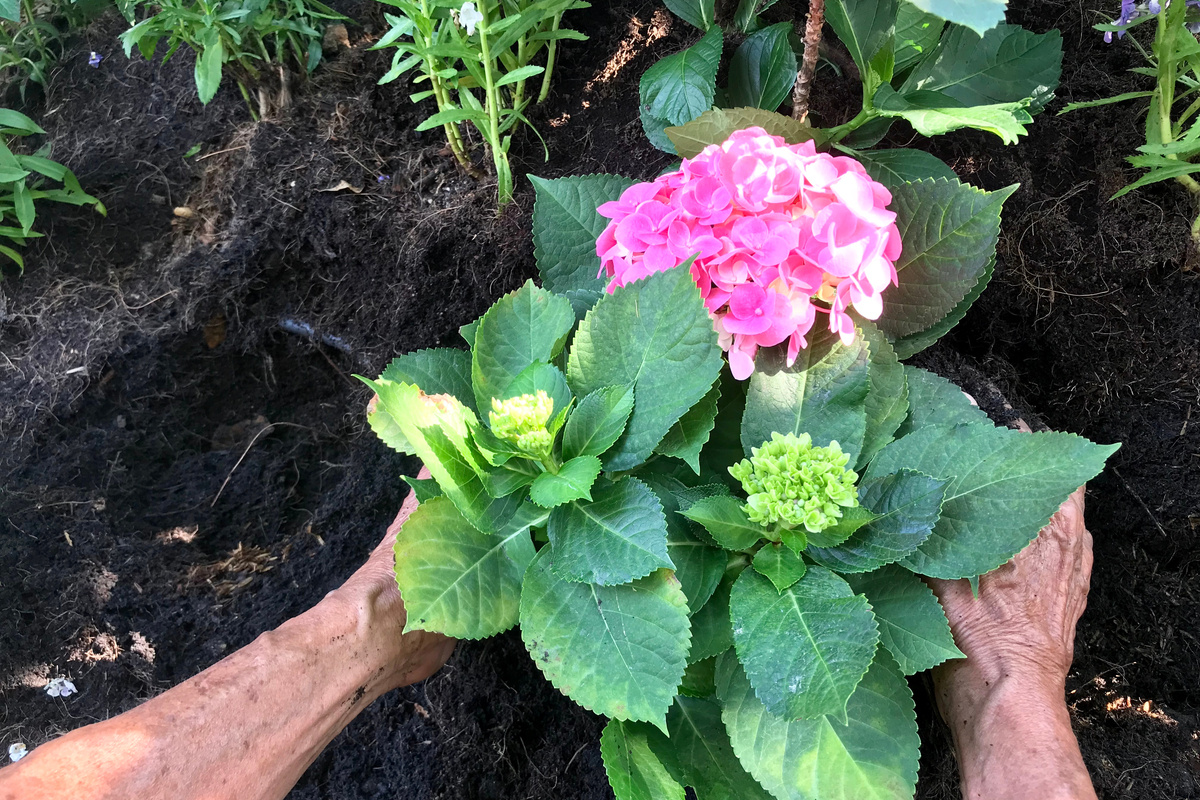
For summer flower power, hydrangeas are a must. They fill up hard to plant places, producing colorful mopheads of flowers in blues, pinks, pure white, lavender and rose.
When the flowers start to fade, they can change color too. This makes them interesting in the garden, and perfect for flower arranging.

While hydrangeas typically look best when planted en masse on their own, there are a few plants that make great friends for your favorite cut flowers.
Quick Care Guide For Hydrangeas

Hydrangea macrophylla – also known as mophead, bigleaf hydrangeas, or the old-fashioned hortensia – are generally easy to grow and care for with a little knowledge and observation. They also grow well in containers.
These are woody deciduous shrubs like cool, slightly shaded conditions in the dappled shadow of trees or larger shrubs. Avoid too much shade if you want them to bloom well.
They need rich soil with plenty of compost and leaf mold added. Hydrangeas like well-draining soil, but it should be kept moist, especially during the heat of summer. A layer of mulch will help to keep the soil cool and moist.
Hydrangeas need plenty of water and are greedy feeders. They require regular applications of general fertilizer or specialized hydrangea food from spring to fall to perform their best.
Why Do Some Hydrangeas Change Flower Color?
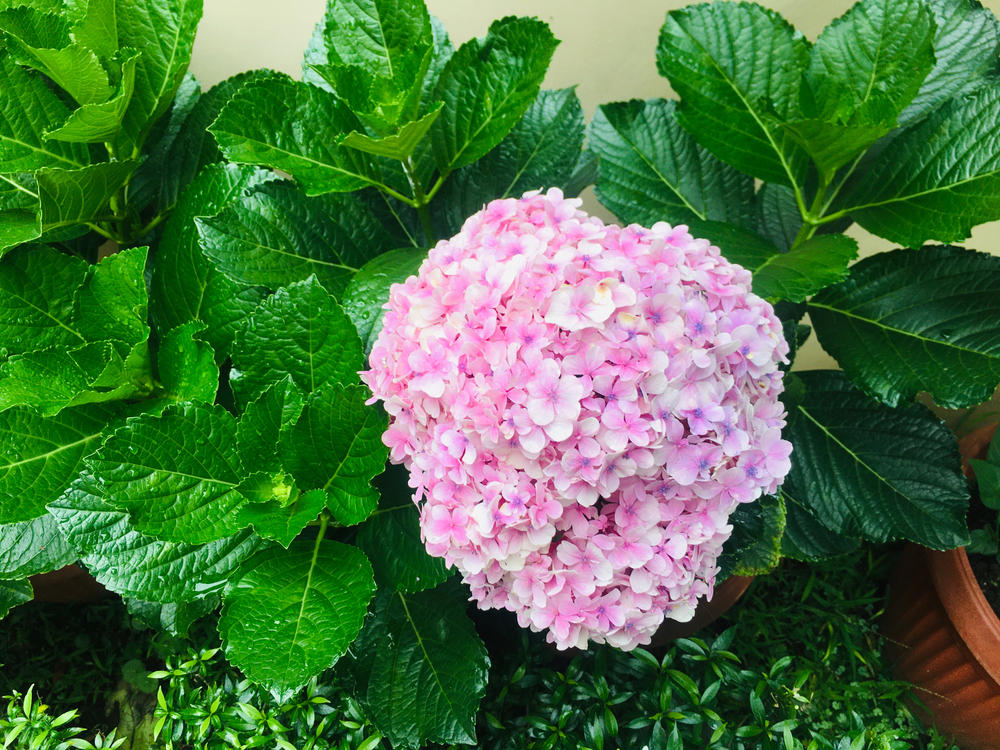
It can be confusing to see your prized blue hydrangea change color to pink once you get them in the ground.
The reason for this is the chemical composition and pH levels in the soil. Flowers are naturally pink, but will turn blue if the soil contains aluminum and the pH is acidic.
In alkaline soils, hydrangeas remain pink and the white ones usually stay white, but may get some coloration in the center of the blooms.
Blue hydrangeas can be kept blue by keeping an eye on the pH levels and adjusting if necessary, or using a commercial fertilizer like Blue Hydrangea Food that is specifically made for that purpose.
Best Companion Plants For Hydrangeas
1. Azaleas
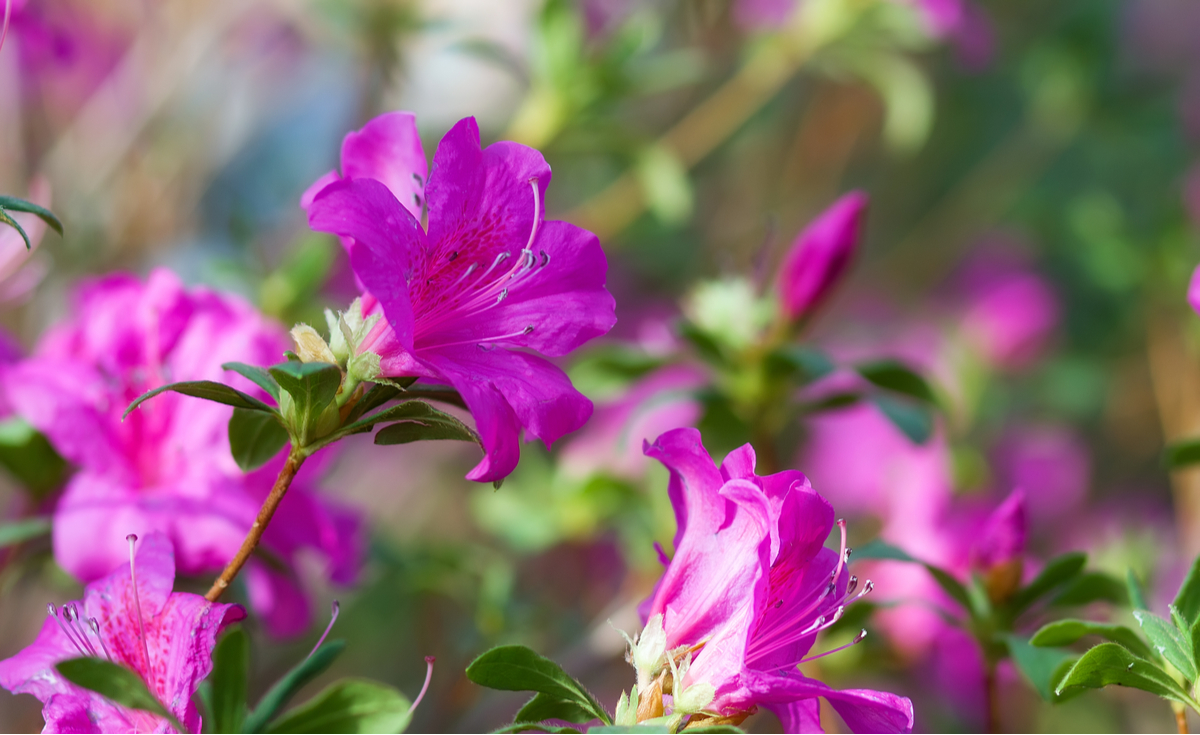
Azaleas and rhododendrons are some of the best plants to grow next to hydrangeas as they like the same things – a bit of shade and a good organic mulch.
These plants match blue hydrangea’s preference for slightly acidic soil too. Avoid the pink ones, or allow them to turn blue, as they will not do well with acid-loving azaleas and prefer more alkaline soil.
Azaleas are not bothered by insects or diseases, making good companions for any acid-loving plants. For a spectacular show, try the white or yellow-flowering types to contrast with blue hydrangeas. Any of the pink or salmon colors will go well with white hydrangeas.
Most azaleas will flower in spring and into summer, but some varieties will flower at other times of the year to maintain interest in the garden.
2. Heuchera
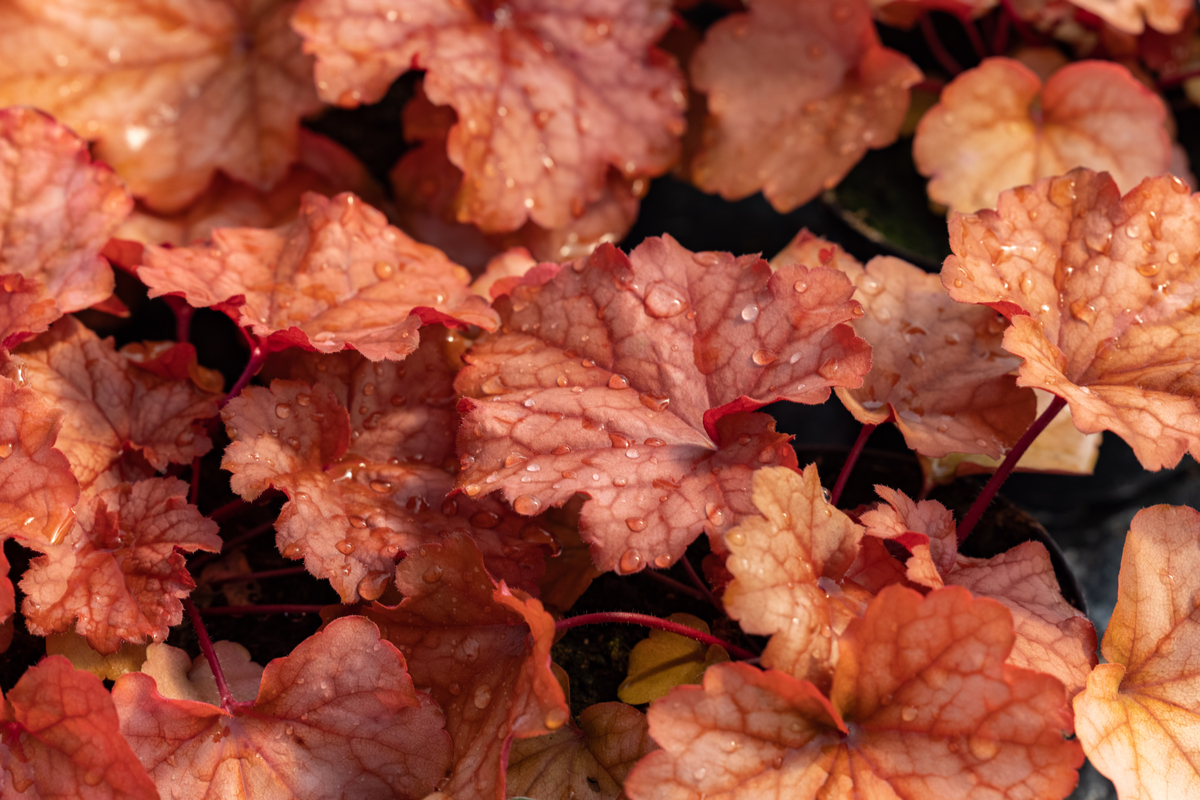
This perennial plant is known for its striking foliage in shades of purple, red, lime green, rose, gold and green.
Known as Coral Bells, these plants are native to North America and are perfect for a shaded woodland environment, making them ideal for planting with hydrangeas.
They produce tiny bell-shaped flowers in spring and summer that are rich in nectar and attract pollinators like butterflies and birds in droves.
Plant as a border in front of hydrangeas and choose combos that please the eye when hydrangeas are in flower. One of the classic combos are white hydrangeas with lime green Coral Bells, but there are plenty of options to choose from with this versatile plant.
3. Sweet Potato Vine
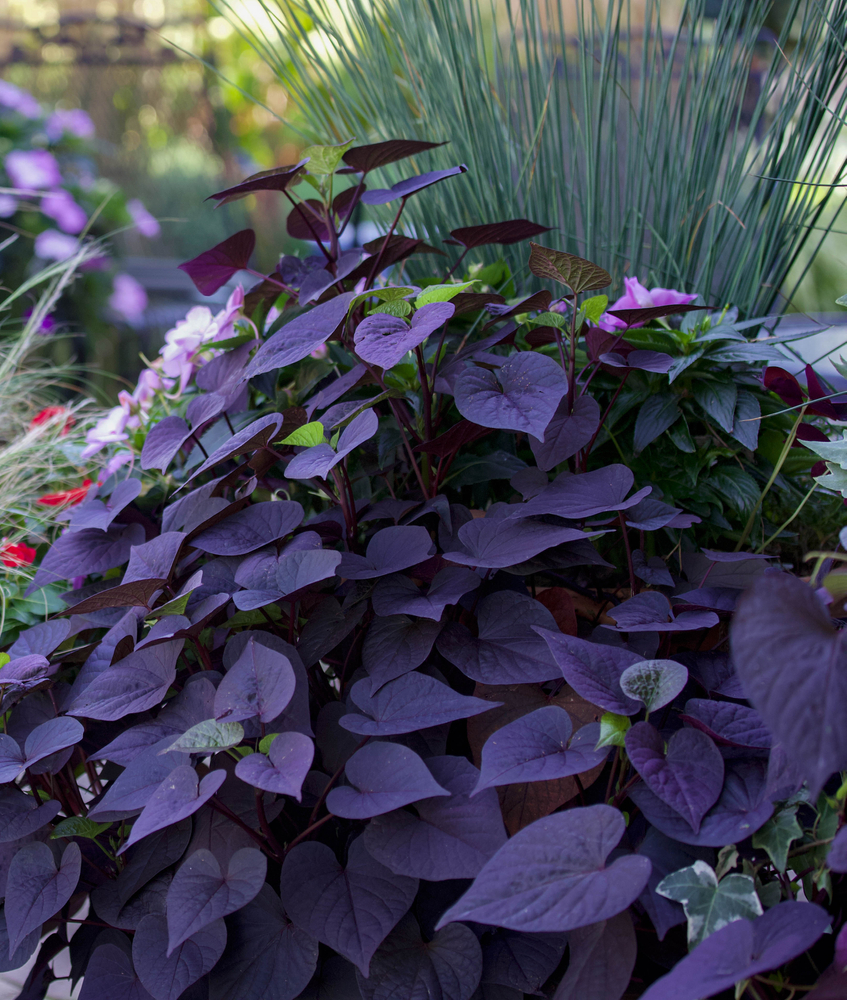
Another leafy plant to choose from is the sweet potato vine (Ipomoea batatas).
Although they prefer full sun, they will do with a little shade and form masses of amazing colorful leaves from gold, bronze, brown and nearly black to bright green. The compact size is perfect for planting in front of hydrangeas as a border plant or groundcover.
There are hydrangea varieties across the spectrum for USDA zones 5-11, but sweet potato vine grows best in zones 8-11, so that should be taken into account before planting.
These plants are usually grown as an annual and they love the heat of summer.
4. Hostas

Hostas are another plant that goes particularly well with hydrangeas as they like the same conditions.
They do best in partial shade and some varieties will even grow in deep shade. They also like slightly acidic soil that is rich in nutrients. These plants are at their best in summer, complementing the hydrangea blooms perfectly.
There are many different sizes (1-3 feet tall) and colors to choose from, including variegated varieties in shades of green, lime-green, blue-green and white. Plant as a border with hydrangeas for a big-leafed bonanza.
Related Reading: 29 Hosta Varieties To Plant In Your Shade Garden
5. Swedish Ivy
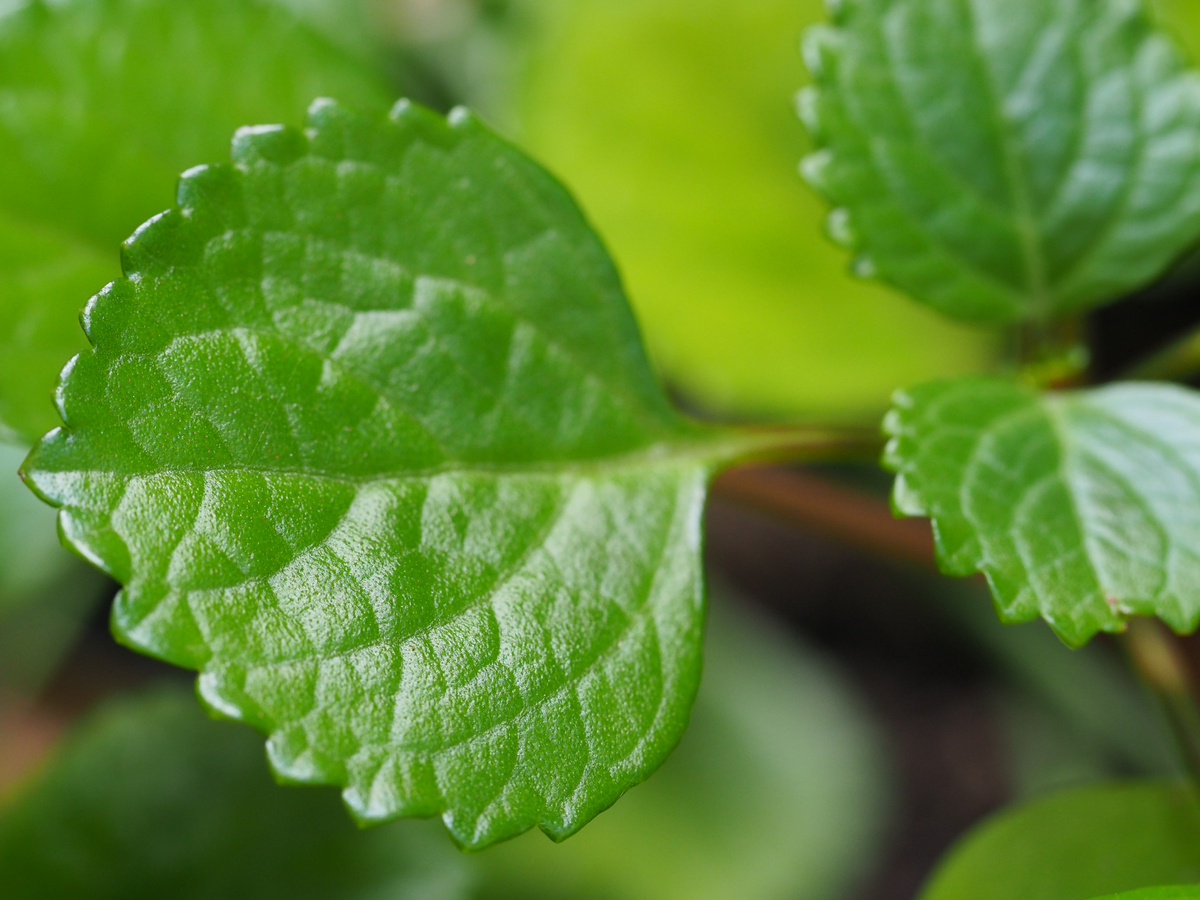
Often grown as a houseplant, this plectranthus is an excellent groundcover to fill space between plants, or as a border plant in front of hydrangeas to keep the soil cool and moist. It has small shiny, dark green round leaves that cover well and grow in warm areas with dappled shade.
Plectanthus verticillatus will bloom almost all year round with small, pretty white flowers on spikes around 8 inches tall. It grows easily from cuttings and likes the same conditions as hydrangeas.
6. Ferns

Many types of small ferns are perfect for growing next to hydrangeas. Their lacy leaf structure is a good contrast to the large leaves of hydrangeas, making for an interesting combination.
Ferns like rich moist soil and shady conditions, much like hydrangeas. There are ferns that like acidic soil and some that like alkaline soil, so there are plenty of species to choose from for both pink and blue hydrangeas.
There are also ferns for all hydrangea planting zones. Be sure to choose the right species before planting.
7. Boxwood
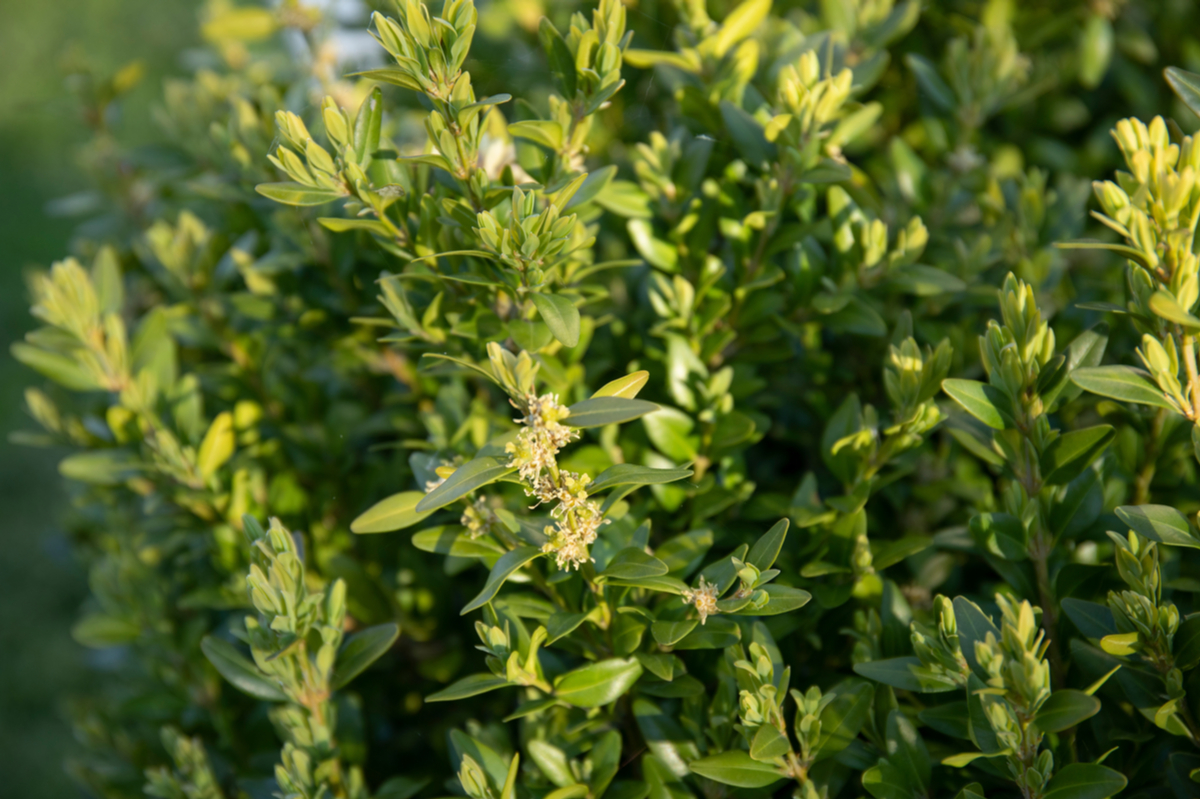
The combination of clipped boxwood hedging and the wilder look of hydrangeas provides great contrast, especially in formal gardens. Boxwood can also be clipped into rounds that make for an appealing design, planted between hydrangeas with the shape of the flowers mimicking the rounds for symmetry.
The plant is Buxus sempervirens, also known as Common or American Boxwood, and has the same requirements as hydrangeas.
They prefer a bit of afternoon shade and protection from the heat of the day. Boxwoods also prefer organic soil with a good mulch to help keep moisture in. Their watering needs are the same as hydrangeas too.
Boxwood shows off hydrangeas well and can be planted in front as a low hedge and formal border, or behind as a tall hedge and green backdrop.
8. Ornamental grasses
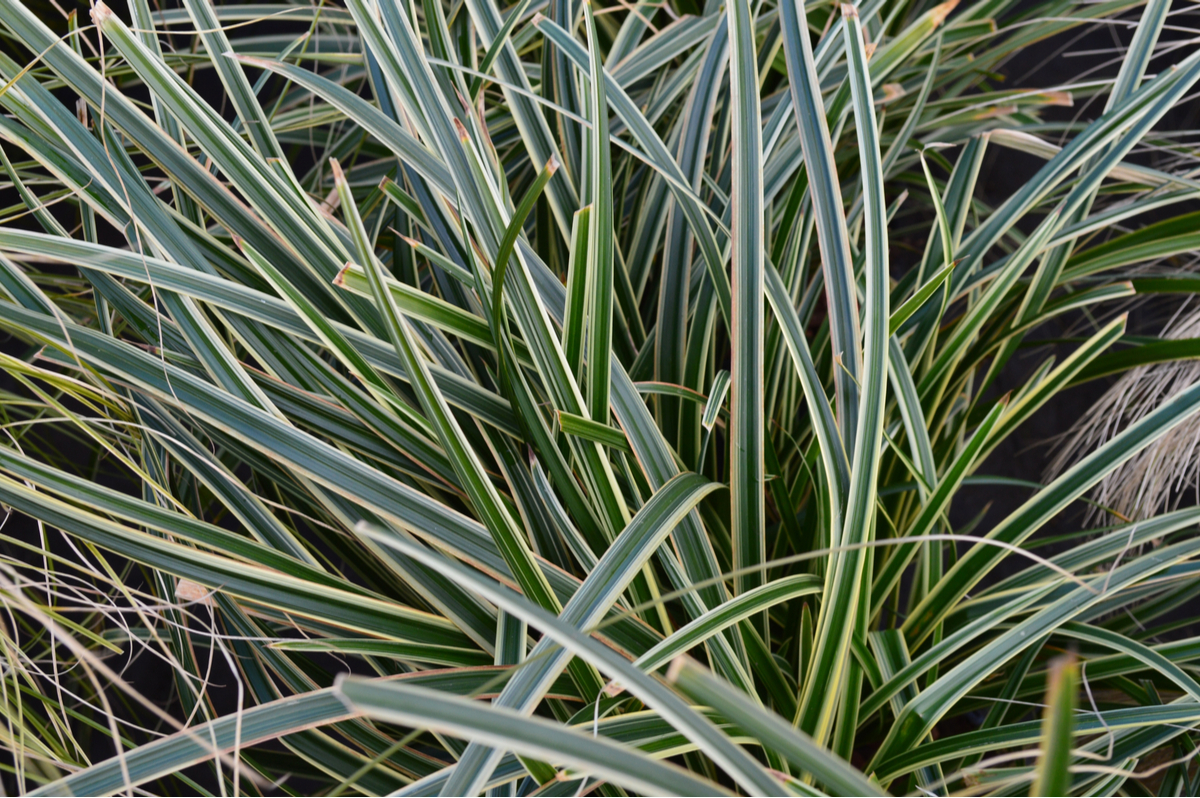
The thin strappy leaves of ornamental grasses make them appealing companion plants for hydrangeas.
The dark green options are exceptional with white hydrangeas, and the variegated green and cream types go well with white, pink and blue hydrangeas, depending on what you have chosen.
Grasses like Blue fescue (Festuca glauca) have spiky mounded forms that make a good border or edging.
Dwarf Fountain Grass or Dwarf Maiden Grass has dark green foliage that cascades to give movement to a border.
Japanese forest grass (Hakonechloa macra) is a good choice for its form and variegated green and gold foliage.
Many of these grasses do well in shade and partial shade and require regular watering with hydrangeas.
9. Astilbe chinensis

Dazzling is the only word to describe Astilbe chinensis. They also like the same conditions as hydrangeas do, growing best in wet and shady areas.
The combination of hydrangea flowers and the bright feathery plumes of astilbes in a range of either pink, purple-red and white is attractive in any garden.
Astilbes are also easy to grow and maintain, only requiring regular watering and good drainage. They are also pollinator magnets and are deer and rabbit resistant.
Astilbe chinensis blooms in spring and summer, flowering when hydrangeas do to make a spectacular display. They will not flower as much in deep shade, and can get scorched in full sun, but do well in dappled shade with hydrangeas.
10. Japanese Pittosporum
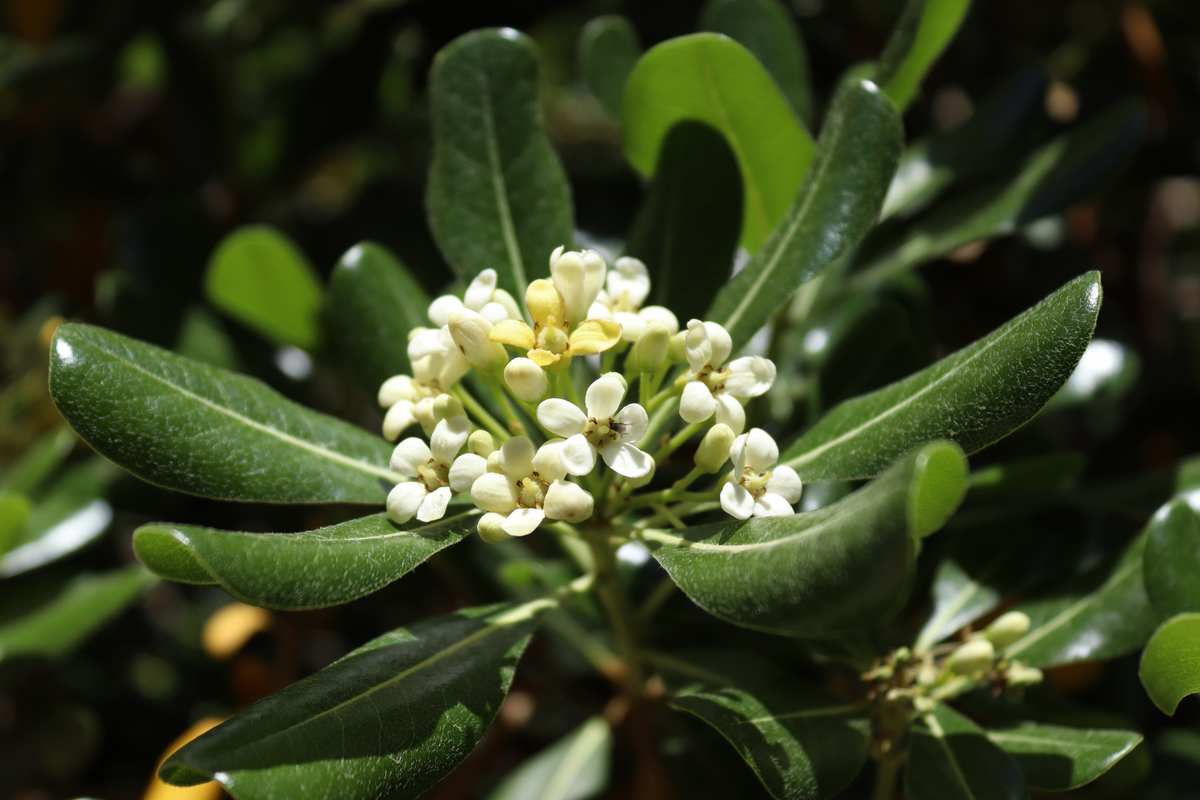
These evergreen shrubs grow well in sun or light shade, used for multiple purposes including hedging, grouped on borders, or for edging and trimmed to keep low.
This versatile plant is tolerant of a lot of conditions, but prefers those similar to hydrangeas. The leaves are set in whorls in dark green or variegated green and white that make attractive forms in the garden.
Pittosporum tobira does best in the higher zones between 8 and 11. Like hydrangeas, pittosporum does not do well if there is poor drainage.
11. Veronica Speedwell
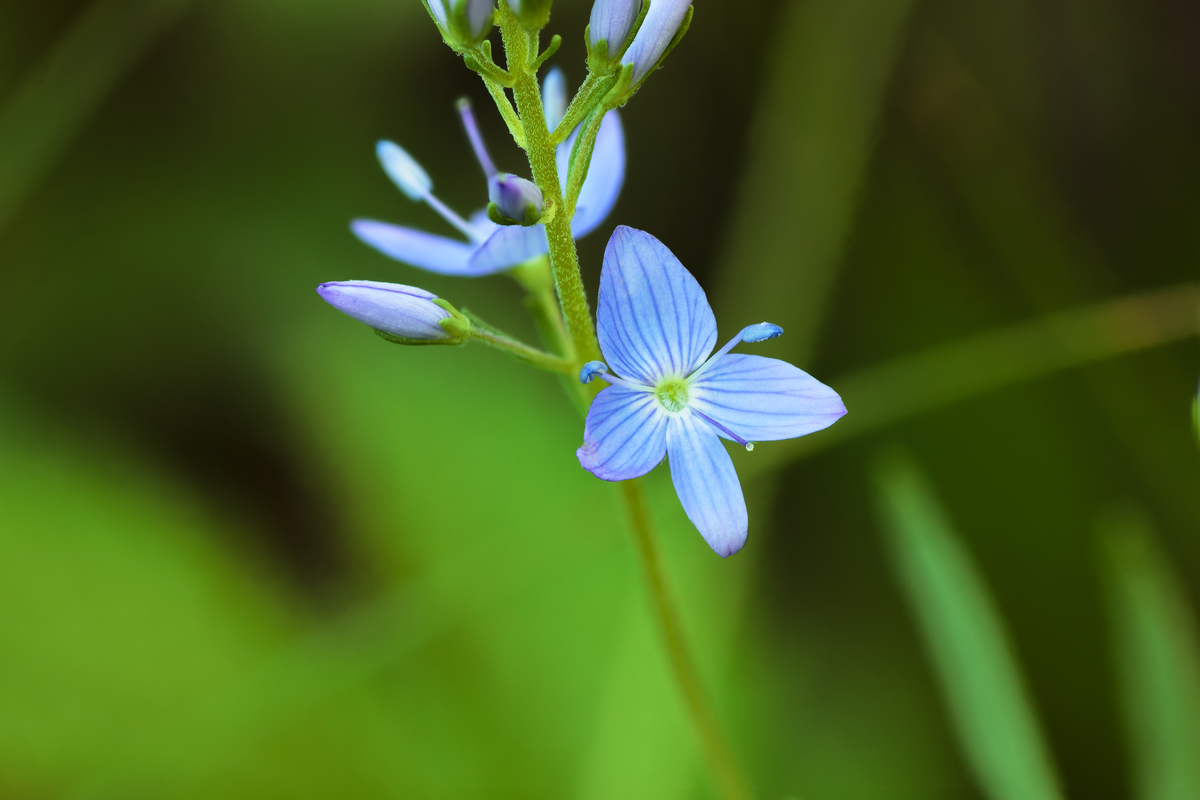
Masses of Veronica speedwell (Veronica officinalis) planted in front of hydrangeas is a beautiful sight when they flower in colors ranging from blue, pink and white in spring right through to autumn.
These hardy perennials grow in a range of conditions from full sun to partial shade and in any soil. The pH of the soil can be alkaline, neutral, or acidic, perfect for pink or blue hydrangeas. They are also happy with the high moisture content needed for hydrangeas.
The only thing they require is well-draining soil. Veronica speedwell produces flower spikes 1-3 feet tall and will do best in zones 3 – 8.
What Not To Plant With Hydrangeas
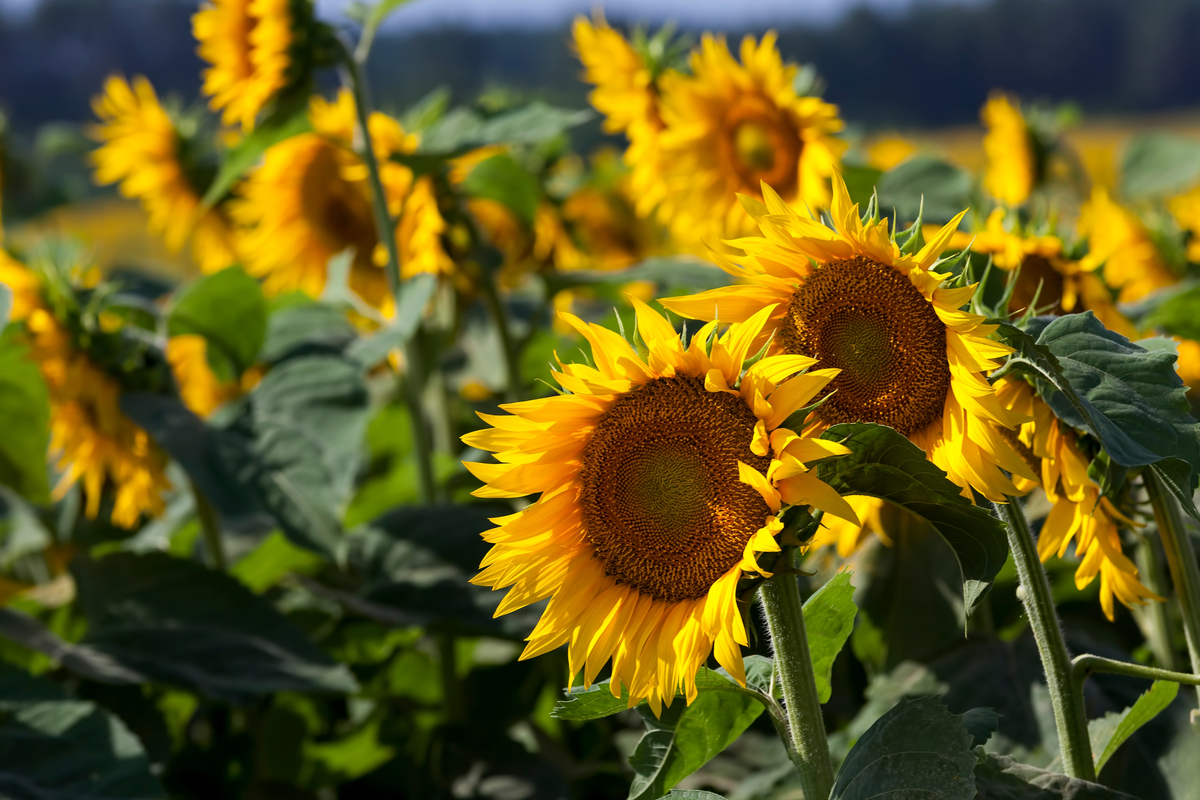
Due to the conditions hydrangeas prefer, sun-loving or deep shade plants will not cope. Many ornamental and edible plants fall under this list, making poor companions.
Similarly, plants that prefer dry or poor quality soil, such as lavenders, will not grow well with hydrangeas, no matter how pretty the flowers look together.
Luckily, there is equally a long list of plants that can be planted with them and make for spectacular combos in the garden.
